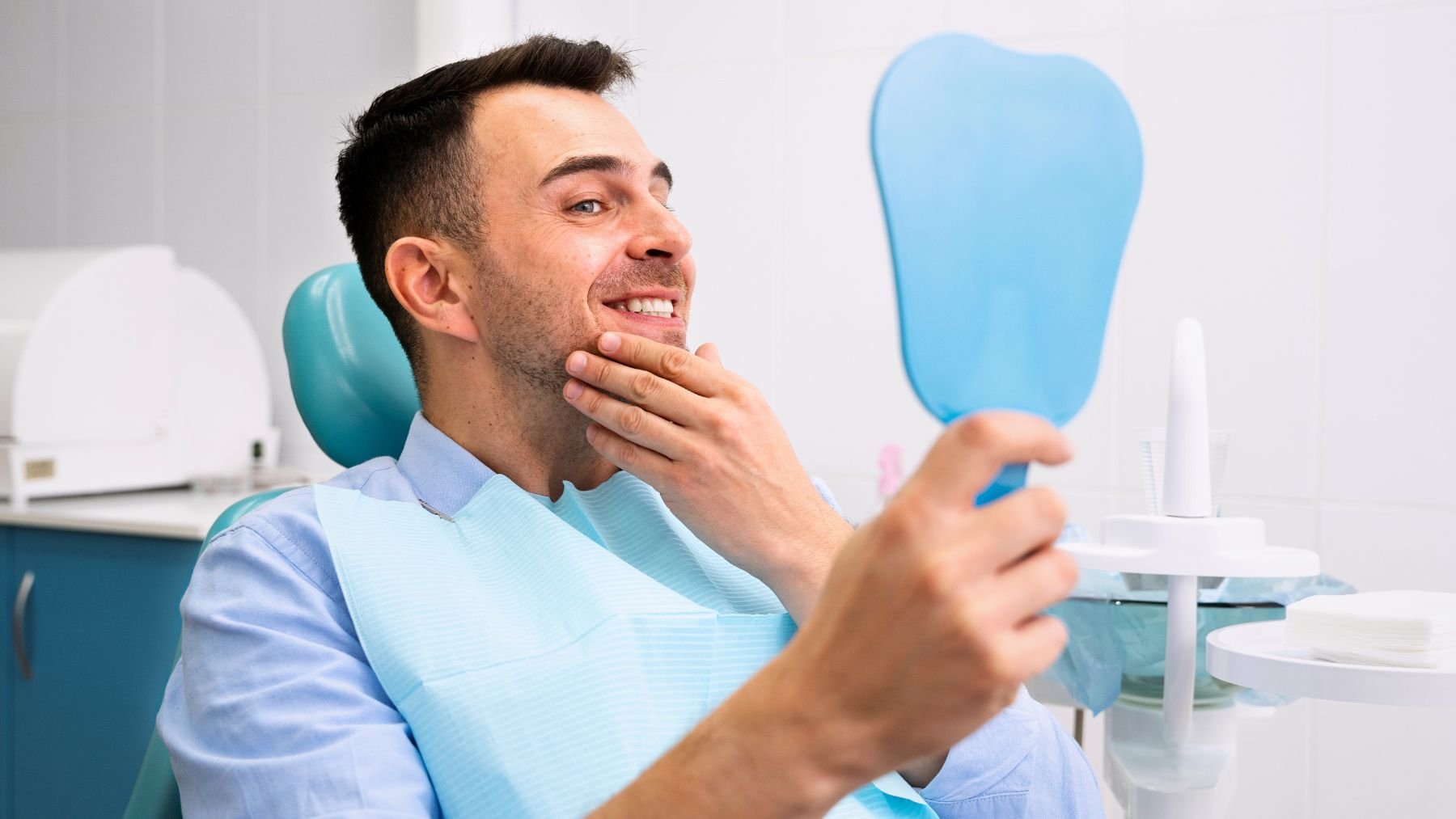Losing a tooth as an adult has always meant living with a gap or getting a replacement, whether that’s dentures, bridges, or titanium implants. But researchers are now closing in on something far more natural: regrowing real teeth. Several teams around the world are working on methods that could allow dentists to replace lost teeth with ones that look, feel, and function just like the originals.
Studies from King’s College London, Tufts University, and Kyoto University have shown that it’s possible to trigger tooth growth in animals using cell engineering, tissue scaffolds, or even drugs. In one ongoing trial in Japan, a drug targeting a gene linked to tooth development is being tested on adults missing teeth. Let’s look at the main research driving this field and how it could reshape dentistry in the coming years.
What scientists are exploring about tooth regrowth
Two main strategies dominate current research. The first focuses on recreating the early stages of tooth development using living cells. At Tufts University, orthodontist Pamela Yelick and her team have used scaffolds seeded with dental cells from pigs and humans to grow tooth-like structures in animals. While still small in scale, the method has shown that it’s possible to bioengineer tooth tissues in a controlled way.
The second approach takes a more direct route: triggering the body to grow new teeth on its own. Paul Sharpe has been mapping the chemical signals exchanged between different tooth-forming cells. By recreating these signals, the aim is to persuade adult cells to behave like their embryonic counterparts and start forming a tooth. It’s a difficult process because one of the required cell types disappears after adult teeth erupt.
Meanwhile, in Japan, researchers led by Katsu Takahashi at Kyoto University are testing a drug that blocks a protein called USAG-1, which normally acts as a brake on tooth growth. The work was inspired by a rare genetic condition, cleidocranial dysplasia, where people often grow extra teeth. Early animal studies showed that disabling USAG-1 could spark the growth of new teeth.
Where the research on teeth could lead to
If these methods prove safe and effective in humans, the possibilities are wide-ranging:
- Replacing single lost teeth naturally: Instead of titanium implants, dentists could stimulate the jaw to grow a new tooth in place.
- Helping children with genetic tooth loss: Conditions like congenital edentulism could be treated early, avoiding a lifetime of dentures.
- Reducing implant failures: Living teeth with natural roots and ligaments would integrate with the jaw and respond to pressure, unlike fixed metal posts.
- Restoring full dental function in older adults: For people who have lost many or all teeth, multiple regrown teeth could restore bite strength and prevent bone loss in the jaw.
- Lower infection risk: Natural teeth are less likely to cause chronic inflammation compared to some implants.
The path to regrowing teeth in a dentist’s office isn’t without hurdles. Funding for dental research is limited compared to other fields, and the cost of these treatments will need to be competitive with current options. Clinical trials will also have to answer key questions, such as how to control where and how many teeth grow.
Still, the progress made over the past two decades suggests the concept is no longer science fiction. If the Japanese trial succeeds and other methods advance, the first generation of patients to regrow their own teeth could be treated within the next decade.
